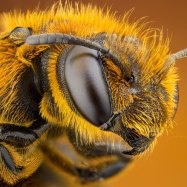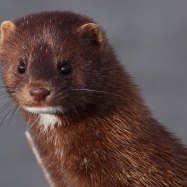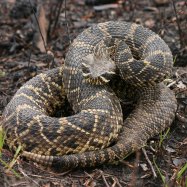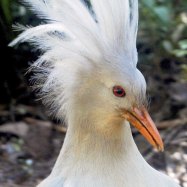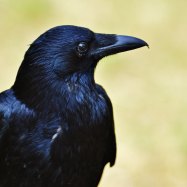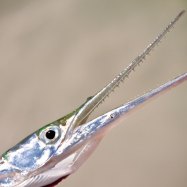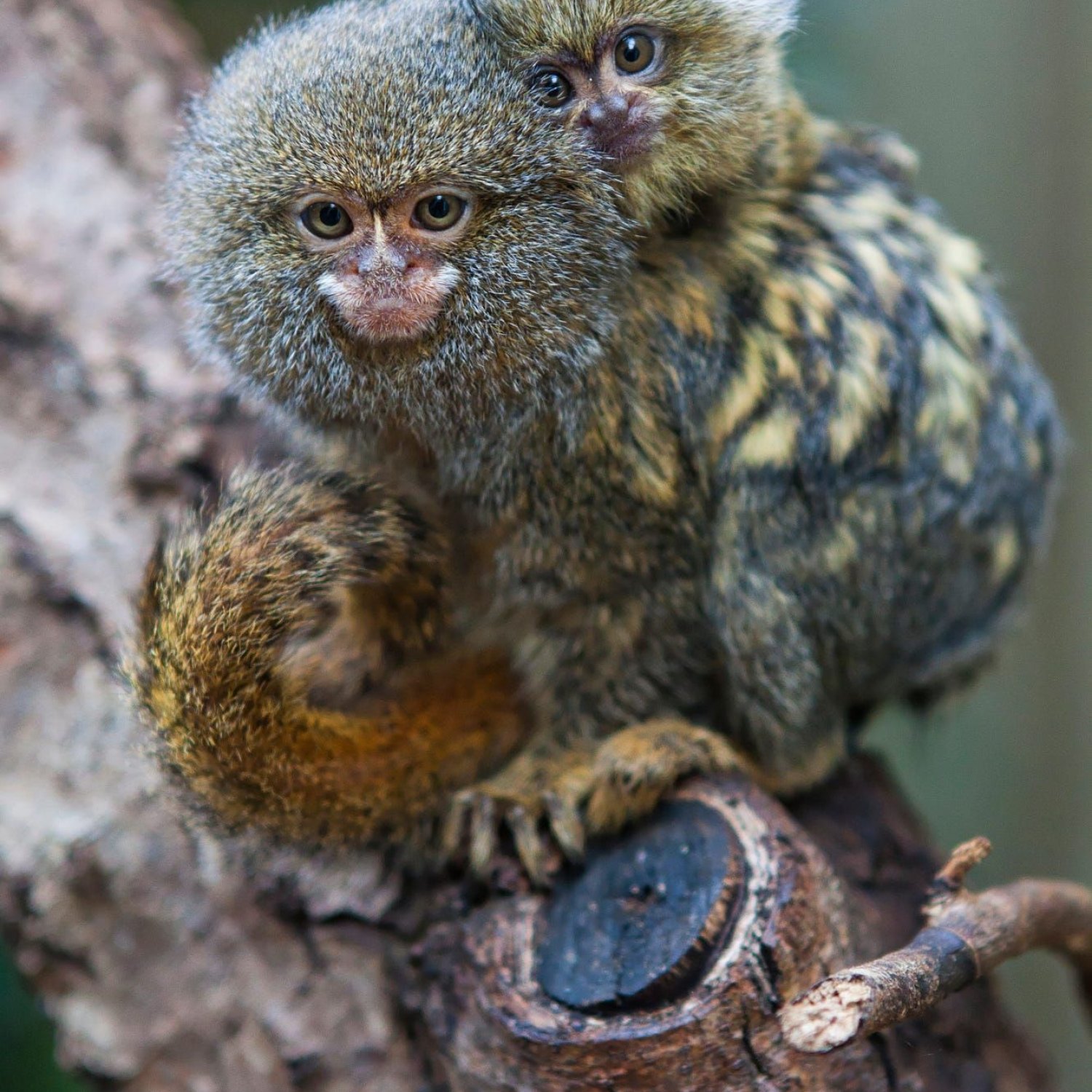
Pygmy Marmoset
14 to 16 centimeters
The Pygmy Marmoset is one of the smallest primates in the world, measuring only 14 to 16 centimeters in length. Found in the canopy layer of the forest, these adorable creatures belong to the Callitrichidae family and have a small and slender body shape. Despite their size, they are highly social and active animals, making them a beloved addition to any forest ecosystem. #PygmyMarmoset #Callitrichidae #SmallPrimate #ForestCanopy
Animal Details Summary:
Common Name: Pygmy Marmoset
Kingdom: Animalia
Habitat: Tropical forests
The Pygmy Marmoset: The Smallest Monkey in the World
When you think of monkeys, images of agile and mischievous creatures swinging from trees and eating bananas may come to mind. But did you know that the smallest monkey in the world weighs less than a deck of cards? Meet the Pygmy Marmoset, a tiny primate with a big personality.The scientific name for the Pygmy Marmoset is Cebuella pygmaea, and it belongs to the animal kingdom, Animalia, and the phylum of Chordata. It is a mammal under the class Mammalia and order Primates Pygmy Marmoset. It is part of the Callitrichidae family, which includes other small primates like tamarins and lion tamarins.
Found in the tropical forests of South America, the Pygmy Marmoset is native to Peru, Ecuador, Colombia, Brazil, and Bolivia. It is mostly found in the canopy layer of the forest, where it can easily move around using its long and nimble fingers and toes.
One of the most striking features of the Pygmy Marmoset is its small size. It measures only 14 to 16 centimeters in length, making it the smallest monkey in the world. Its body shape is also unique, with a small and slender frame that allows it to navigate its way through the dense forest easily.
The Pygmy Marmoset has a distinctive coat of fur, which can be a combination of brown, gray, black, and yellowish-orange. The colors help it blend in with its surroundings, making it harder for predators to spot. Its fur also helps regulate its body temperature, as the Pygmy Marmoset is a tropical animal and needs to stay cool in the hot and humid weather Pigeon.
Being omnivorous, the Pygmy Marmoset has a varied diet consisting of fruits, insects, spiders, lizards, and small birds. It has a specialized feeding method called "gummivore," which means it eats tree sap and gum. The Pygmy Marmoset has sharp claws and long, needle-like teeth that help it extract the gum from trees easily. It also has a long tongue, which can reach deep into crevices to extract insects.
As a social animal, the Pygmy Marmoset lives in groups of up to 15 individuals, usually led by a dominant couple who are the only ones allowed to mate. Other members of the group help in taking care of the young ones, which are born after a gestation period of 140 to 145 days. The babies are tiny, weighing only 15 grams at birth. They are carried by their parents who take turns looking after them until they are old enough to fend for themselves.
The Pygmy Marmoset has unique communication abilities, using various vocalizations to communicate with its group members. It can produce up to 15 different calls, each with a different meaning. For example, it has a special call that is used to warn other group members of approaching danger.
Despite its small size, the Pygmy Marmoset has managed to adapt well to its surroundings. However, like many other animals, it faces threats such as habitat loss and illegal pet trade. Because of its cute and tiny appearance, it is highly sought after as a pet, which has led to a decline in its population in the wild. It is protected by law, but unfortunately, illegal trade still occurs.
Fortunately, efforts are being made to conserve this unique creature. Many zoos and animal sanctuaries have established breeding programs to preserve the Pygmy Marmoset and release them back into their natural habitat. Conservation groups are also working towards educating people about the importance of protecting this species and their natural habitat.
The Pygmy Marmoset is not just a cute and curious animal, but it also plays a crucial role in its ecosystem. As omnivores, they help in pollinating flowers and dispersing seeds of fruits they consume, making them vital to maintaining biodiversity in their habitat.
If you ever get the chance to see a Pygmy Marmoset in person, you will be amazed by its energy and charisma. These tiny creatures may be small, but they have a strong and resilient spirit that helps them survive in the wild. They may face challenges, but with our help and conservation efforts, we can ensure that future generations get to appreciate the Pygmy Marmoset and its significant role in the animal kingdom.

Pygmy Marmoset
Animal Details Pygmy Marmoset - Scientific Name: Cebuella pygmaea
- Category: Animals P
- Scientific Name: Cebuella pygmaea
- Common Name: Pygmy Marmoset
- Kingdom: Animalia
- Phylum: Chordata
- Class: Mammalia
- Order: Primates
- Family: Callitrichidae
- Habitat: Tropical forests
- Feeding Method: Omnivorous
- Geographical Distribution: South America
- Country of Origin: Peru, Ecuador, Colombia, Brazil, and Bolivia
- Location: Canopy layer of the forest
- Animal Coloration: Brown, gray, black, and yellowish-orange
- Body Shape: Small and slender
- Length: 14 to 16 centimeters
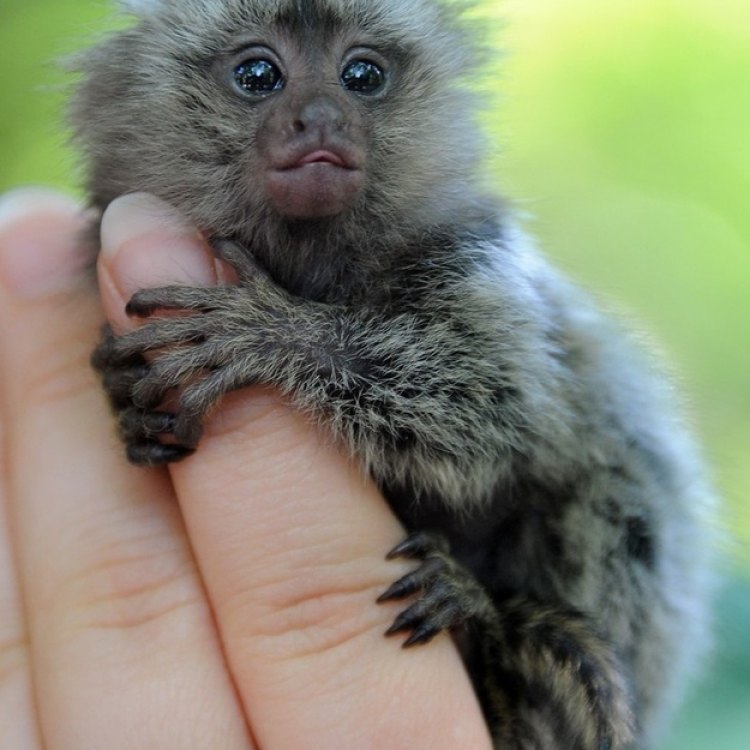
Pygmy Marmoset
- Adult Size: 85 to 140 grams
- Average Lifespan: 10 to 15 years
- Reproduction: Mating
- Reproductive Behavior: Monogamous
- Sound or Call: High-pitched calls
- Migration Pattern: Non-migratory
- Social Groups: Small family groups
- Behavior: Diurnal and arboreal
- Threats: Habitat loss and illegal pet trade
- Conservation Status: Least Concern
- Impact on Ecosystem: Seed dispersal
- Human Use: Illegal pet trade
- Distinctive Features: Small size and claw-like nails
- Interesting Facts: They are the smallest primates in the world
- Predator: Birds of prey, snakes, and larger mammals
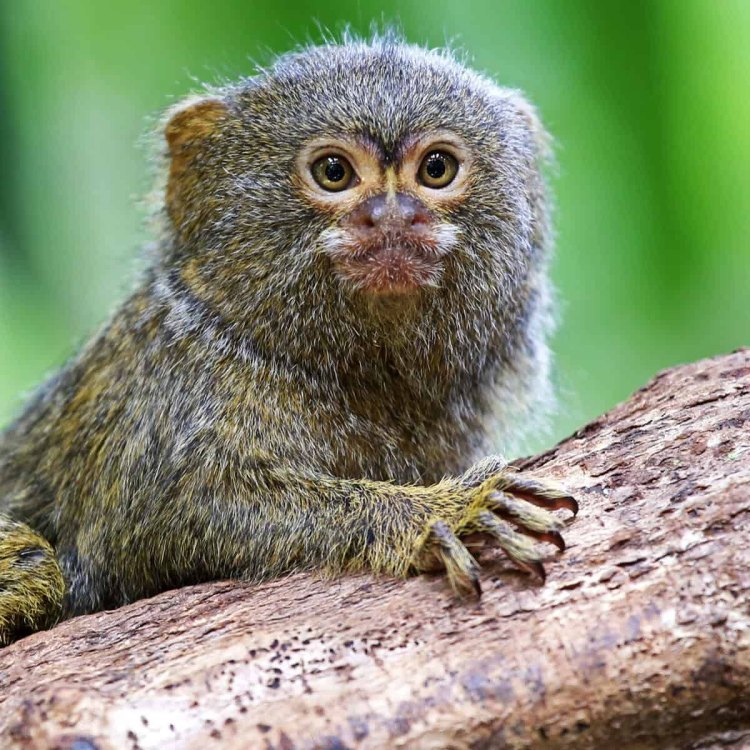
Cebuella pygmaea
The Adorable and Incredible Pygmy Marmoset: The Smallest Primate in the World
When one thinks of primates, images of gorillas, chimpanzees, and perhaps even lemurs may come to mind. However, there is one species of primate that often goes unnoticed due to its tiny size, but it is no less fascinating and unique - the pygmy marmoset.Known for its diminutive size and endearing appearance, the pygmy marmoset, scientifically known as Cebuella pygmaea, is the smallest primate in the world. This tiny creature, native to the rainforests of South America, has captured the hearts of many with its cute features and eccentric behaviors PeaceOfAnimals.Com. But there is much more to this tiny primate than meets the eye, and in this article, we will delve deeper into the world of pygmy marmosets and discover what makes them stand out in the animal kingdom.
A Petite Package with Great Impact
The first thing that stands out about pygmy marmosets is their size. They weigh only 85 to 140 grams and measure about six inches in length, making them smaller than the size of a human hand. They can fit comfortably on a human thumb and can even sit on the tip of a pencil. Due to their small size, they are often mistaken for infants or even toys.But don't let their size deceive you; these tiny creatures are full of vigor and have an incredible impact on their ecosystem. As they are agile climbers, they spend most of their time in the upper canopies of trees, where they play a vital role in seed dispersal. By consuming fruits and flowers and then moving around the forest, they help spread seeds to new areas, promoting the growth of plants and maintaining forest diversity.
A Day in the Life of a Pygmy Marmoset
Pygmy marmosets are diurnal creatures, meaning they are active during the daytime Pyjama Shark. They are also arboreal, which means they live and spend most of their time in trees. As social animals, they live in small family groups composed of a mated pair and their offspring. These groups stick together, communicating through high-pitched calls, and working together to hunt for food and protect their territory.One of the most fascinating aspects of their behavior is their monogamous reproduction. Mating pairs form strong bonds and stay together for life, raising their offspring together. They also exhibit cooperative breeding, where older siblings and other group members help take care of the newborns. This unique breeding behavior helps ensure the survival of their species, especially given their high infant mortality rate.
As for their vocalizations, pygmy marmosets have an impressive range of calls, with over 15 distinct types that serve different purposes. They use high-pitched calls to communicate with each other, as well as warn against potential predators. Their calls are so loud that they can be heard over half a mile away.
Conservation Concerns
Despite their "least concern" conservation status, pygmy marmosets still face threats to their survival, primarily due to habitat loss and the illegal pet trade. Deforestation and urbanization have greatly reduced their natural habitat, leaving them vulnerable to predators and lacking in food sources. Additionally, they are often captured and sold as exotic pets, even though it is illegal to do so. This not only disrupts their family dynamics and natural behavior, but it also greatly impacts their population in the wild.The Not-So-Cuddly Side of Pygmy Marmosets
While they may look cute and cuddly, pygmy marmosets are not to be underestimated. These tiny creatures may be preyed upon by birds of prey, snakes, and larger mammals, but they are fiercely protective of themselves and their families. Despite their size, they have sharp teeth, and their claw-like nails are adapted for climbing, defending themselves, and obtaining food.Another unique feature of pygmy marmosets is that they have specialized incisors that are sharpened every day. These teeth are essential for their feeding habits as they primarily consume fruits, nectar, insects, and small vertebrates. They also have a strange habit of soaking their food in their urine to extract additional nutrients, making them one of the few mammals known to practice "urine washing."
Fun Facts about Pygmy Marmosets
- Besides being the smallest primate in the world, pygmy marmosets are also the smallest monkeys.- Their scientific name, Cebuella pygmaea, is derived from Cebu, the island where they were first discovered, and "pygmaea," Latin for pygmy.
- Due to their small size, their metabolism is incredibly high, and they must consume food every two hours to survive.
- Pygmy marmosets have an omnivorous diet, meaning they eat both plant and animal matter.
- They have excellent vision, allowing them to distinguish colors and small insects among the leaves.
Caring for Pygmy Marmosets
Given their unique characteristics and conservation concerns, it is evident that pygmy marmosets are not suitable pets. They require specialized care, a proper diet, and a large, enriching habitat to thrive. Thankfully, there are dedicated conservation organizations such as the Pygmy Marmoset Foundation that work towards protecting this species and educating the public about the importance of preserving their natural habitat.As humans, it is our responsibility to respect the natural world and its inhabitants and refrain from contributing to the illegal pet trade. Instead, we can support conservation efforts and appreciate these fascinating creatures from a distance.
In Conclusion
In a world full of extraordinary animals, the pygmy marmoset stands out for its unique features and behaviors. From being the smallest primate in the world to having specialized teeth and monogamous relationships, these tiny creatures have captured the hearts of many and continue to play a vital role in their ecosystem.However, their survival is at risk, and it is up to us to protect and preserve their species for future generations to admire and appreciate. Let us acknowledge and celebrate the incredible variety of life on our planet, including the smallest primate in the world - the adorable and impressive pygmy marmoset.
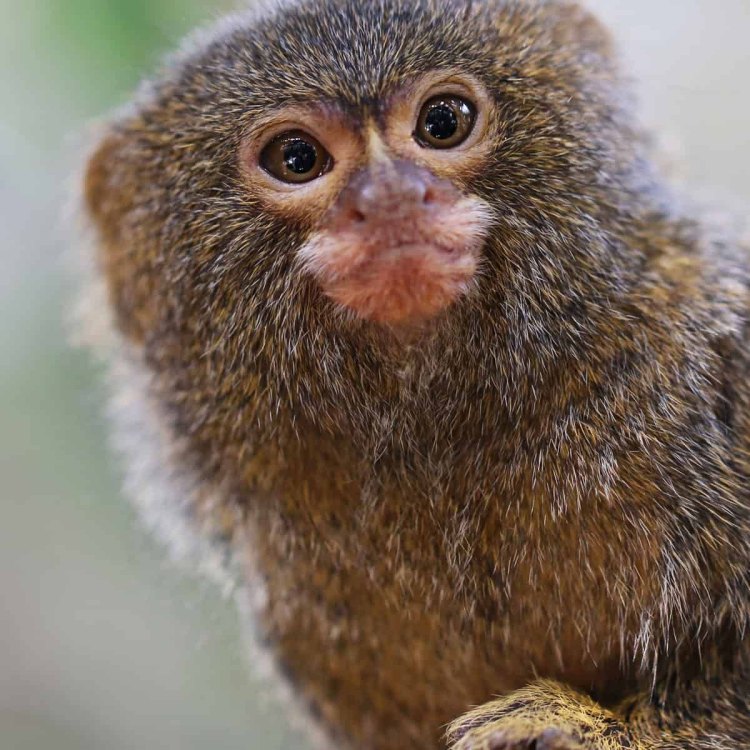
The Pygmy Marmoset: The Smallest Monkey in the World
Disclaimer: The content provided is for informational purposes only. We cannot guarantee the accuracy of the information on this page 100%. All information provided here may change without prior notice.



